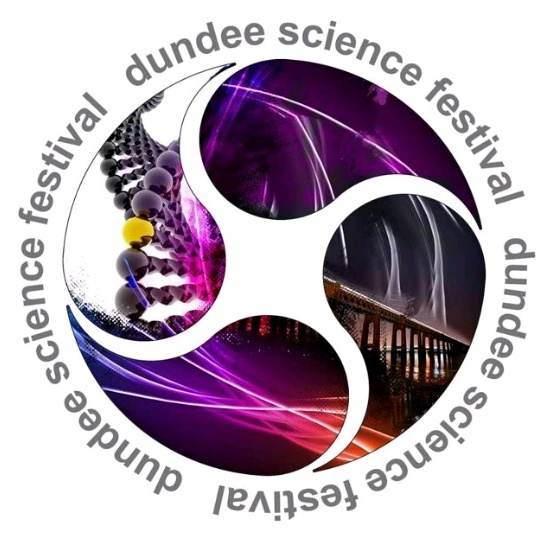The third Dundee Science Festival starts today, kicking off two weeks of educational enjoyment. Jack McKeown looks at the highlights of this year’s festival which include time machines, the science behind hair, outer space, the comedy of science … and zombies!
This past summer, Dundee City Council made headlines across Scotland when it declared the city was not under threat from zombies but pledged that, should the threat of an incursion rear its ugly head, it would swiftly mobilise plans to deal with the zombie menace.
The local authority’s tongue-in-cheek response to a freedom of information request ties into one of the most popular features of the Dundee Science Festival a look into the science behind zombies.
Two lectures are taking place today at Dundee University. The 7pm lecture for over-18s only is already sold out, but there’s an afternoon lecture at 2pm that has some of the gorier aspects removed but still contains valuable lessons for teenagers who are rightly wary of the undead.
Delivered by theoretical zombieologist Doctor Austin, the lecture focuses on what zombies are, how a zombie outbreak might occur, the effect it would have on the general population and most importantly how to survive a world inhabited by the undead.
The lecture finishes with an online exam to ensure students understand zombie science and have the best possible chance of surviving an outbreak.
It may be tongue in cheek although no one knows for sure zombies aren’t real but it introduces people and particularly youngsters to scientific principles. And that’s the whole point of Dundee Science Festival. The two-week festival kicks off today and runs until Sunday November 13. Now in its third year, the festival started out as a one-day affair that attracted over 1,600 visitors. Its popularity encouraged its organisers to run with an ambitious two-week programme in 2010.
This year’s event has doubled in size from last year, with over 60 events over 25 venues. Talks, activities and other events will be taking place at universities and schools, and in coffee shops, pubs, shopping centres, the Botanic Garden, McManus Galleries even a hairdressing salon.
The festival will be bookended this Sunday and the final Sunday by free family fun days at Dundee Science Centre.
For the first time, this year’s festival is spreading its scientific wings beyond Dundee’s boundaries, with events taking place in Arbroath and Tayport.
The festival’s patron is Professor Sir Philip Cohen, who said: ”Dundee Science Festival continues to go from strength to strength and promises to be bigger and better than ever this year. This is as it should be because the life sciences and biotechnology account for 17% of the local economy.”
He added: “If we want our children to be able to live and work in Dundee in the future they will therefore need to develop an interest and passion for science and Dundee Science Festival is a great way for Dundonians of all ages to get a feel for the fascination and fun of science.”To see the full line-up of events visit the festival website at www.dundeesciencefestival.org and follow on Facebook (link)
